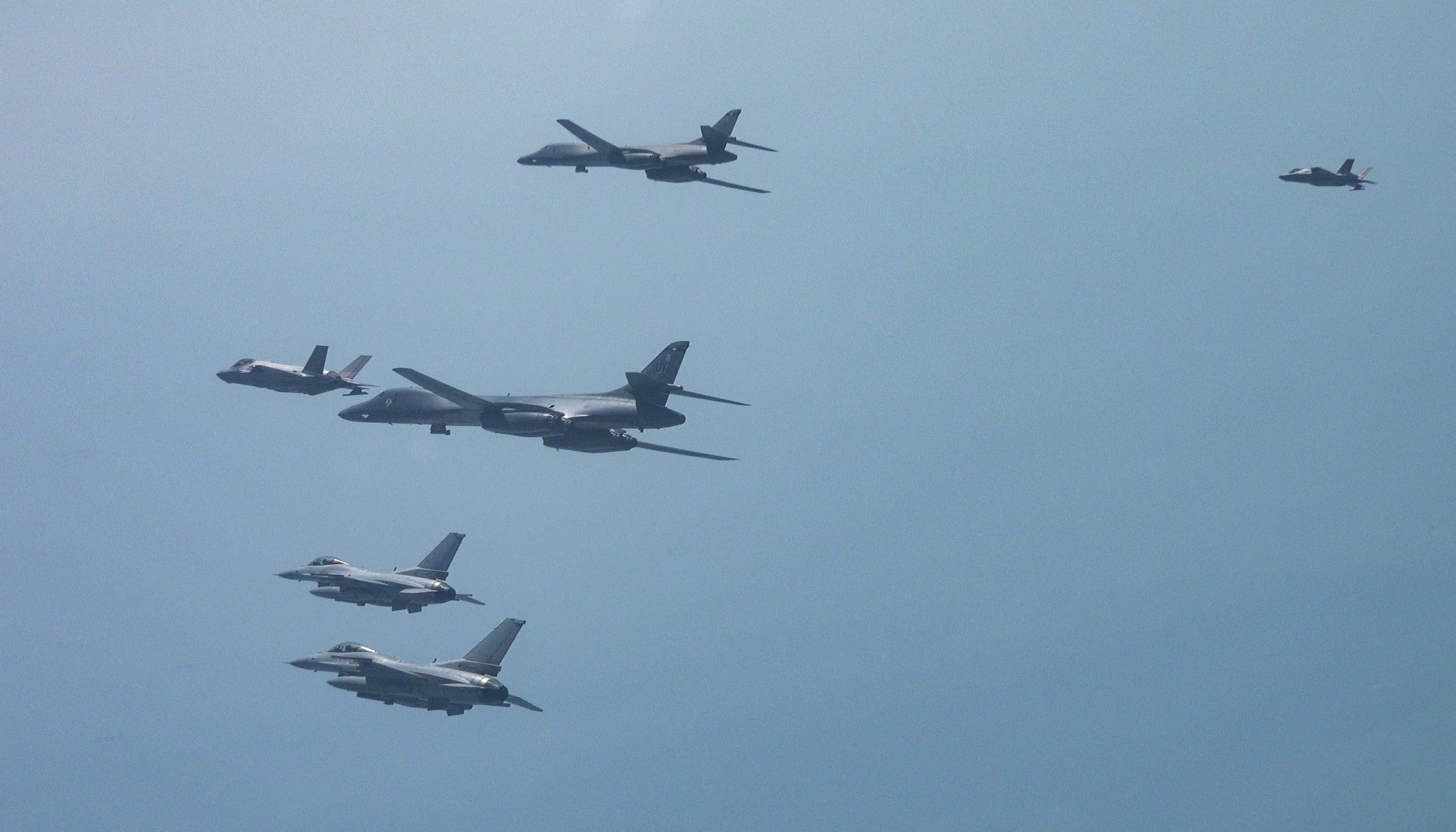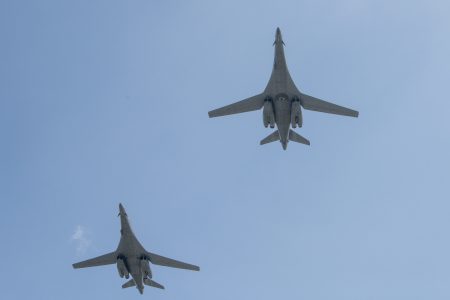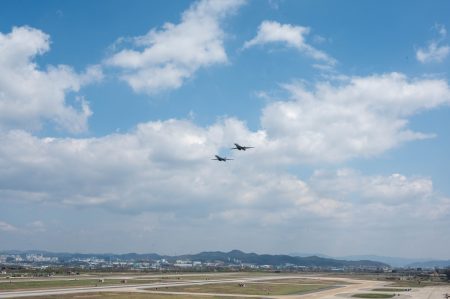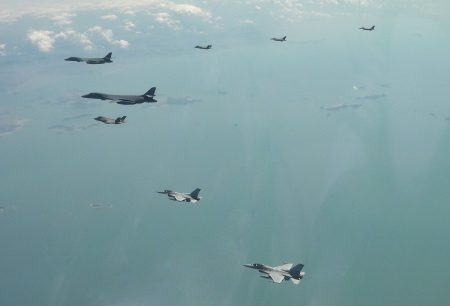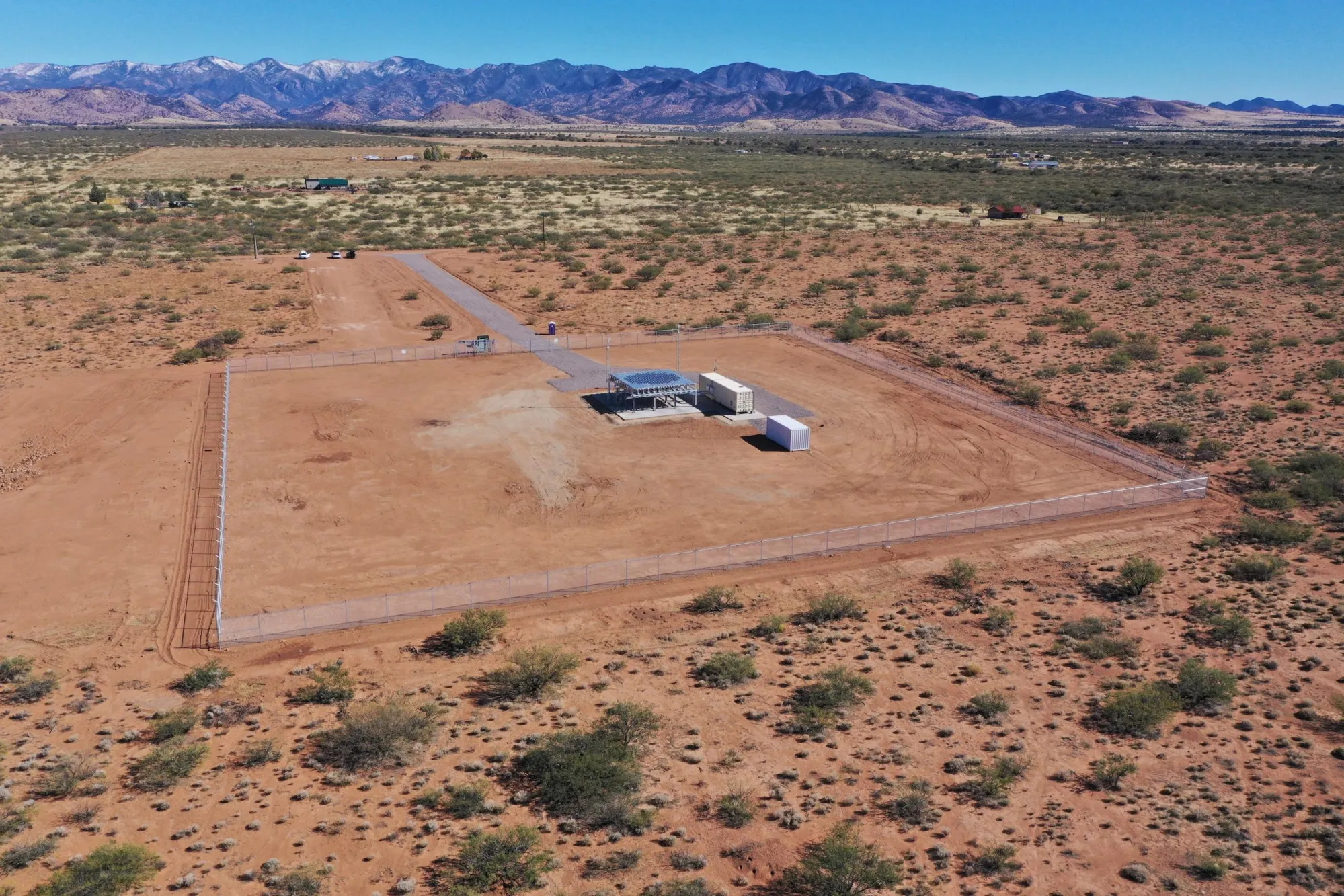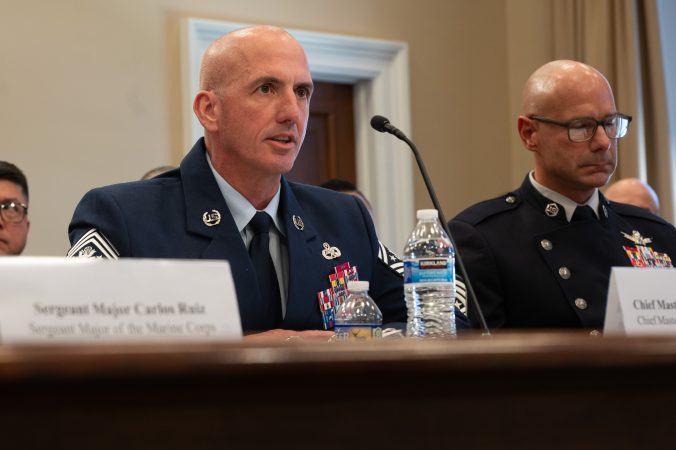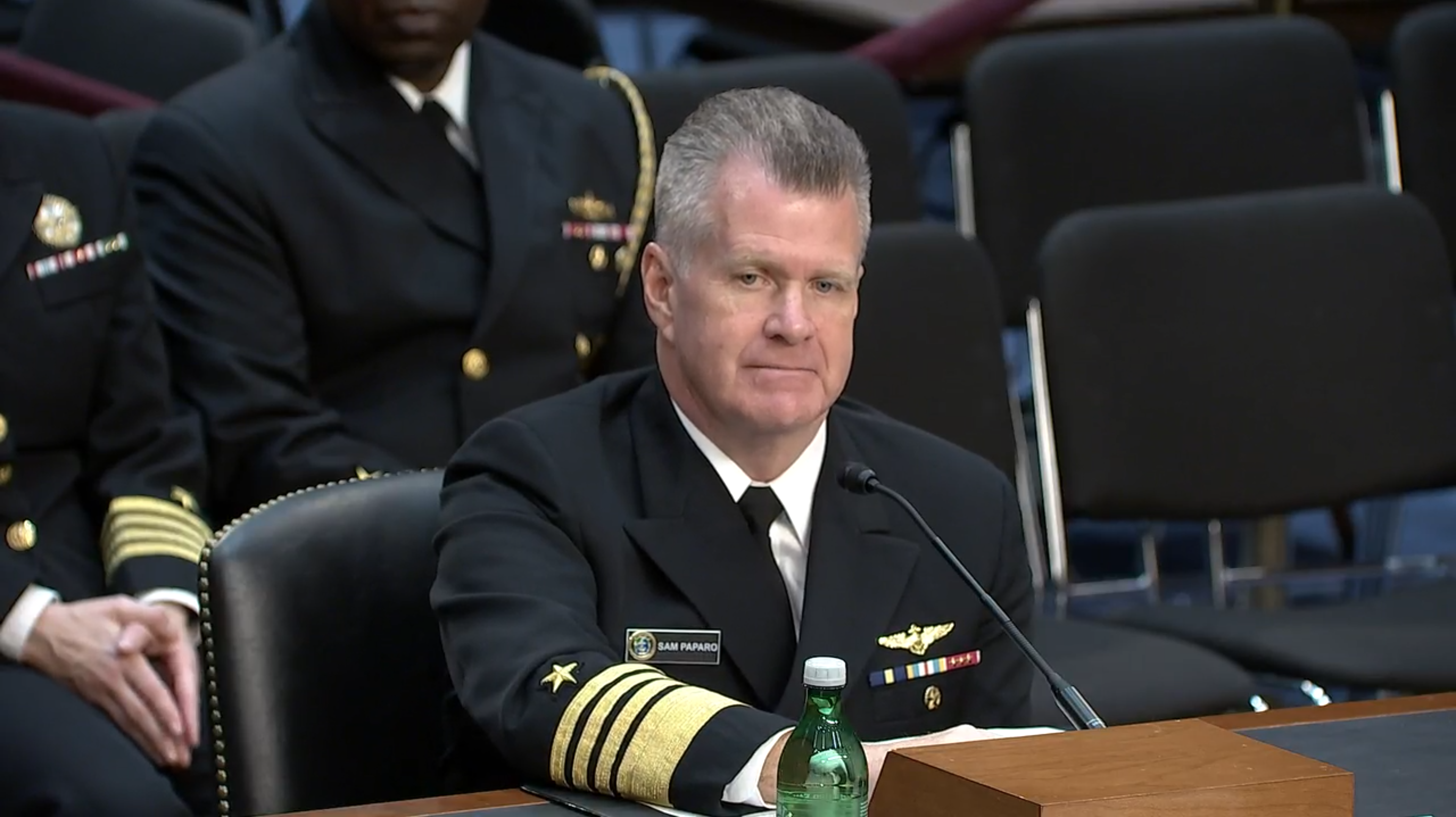Hickham Air Force Base in Hawaii is testing novel energy technology to provide electrical power and hydrogen fuel in the kind of isolated and austere outposts the Air Force will need in the Pacific theater for its new Agile Combat Employment way of warfare.
The technology, developed by a majority veteran-founded startup based in Houston, employs wind and solar power to use electrolysis to make hydrogen from water in the atmosphere. The compressed hydrogen can then be converted into electric power via a hydrogen fuel cell, or used to fuel drones powered by the same kind of high-tech fuel cell. Any of the water extracted that remains can be used for drinking.
But what really caught the eye of the military, explained Rick Harlow, CEO of NovaSpark Energy Corp., was the form factor. He recently returned from Hawaii, where Novaspark demonstrated their Hydrogen at the Tactical Edge of Contested logistics (HyTEC) unit for INDOPACOM and at the 2025 Pacific Operational Science & Technology conference Field Experimentation event, called POST FX.
HyTEC is a portable unit, smaller than two porta-potties, which can be airdropped on a parachute, towed by a Joint Light Tactical Vehicle (JLTV), and takes less than 30 minutes to set up. “The Marines told us, ‘we need to be able to move up to five times a day, because we don’t want to be a sitting target,’” Harlow told Air & Space Forces Magazine. For the Air Force, being able to airdrop the units means rapid deployment to isolated environments—as envisaged by Agile Combat Employment.
Above all, by providing a source of power almost literally out of thin air, said Harlow, HyTEC can help eliminate dependance on a long logistics tail for fuel resupply in the vast, ocean-spanning, Pacific theatre.
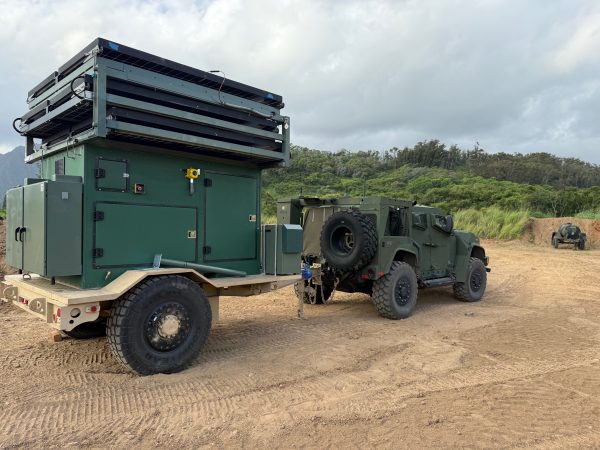
When it comes to air transportation, space is always at a premium. And the biggest consumers of space are often fuel and water, Air Force officials say, both of which can be provided by the HyTEC unit, which generates about 4.5 pounds of compressed hydrogen every 24 hours.
“You don’t have to fly diesel [or other fuels] around where it could cost as much as $400 to $500 a gallon by the time it’s delivered,” Harlow said.
HyTEC is also equipped with a series of briefcase-sized hydrogen fuel cells that can output 4 kilowatts of electricity to power satellite terminals or other communications and IT equipment.
As an alternative to diesel or gasoline generators, these fuel cells have heat and noise signatures that are both much lower, said Novaspark Chief Innovation Officer Lanson Jones.
“The sound from a fuel cell is a slight hum. Less than 30 decibels. More quiet than a dishwasher, and there’s really no heat signature,” he said. More importantly, unlike a diesel generator, it can run 24/7 for long periods of time.
“I call it the Swiss Army knife,” Jones said of the HyTEC, “because not only can you create hydrogen to fuel drones, or make electricity, but you can also use the compression equipment to refill tires, and, if the hydrogen tank is full and you want to keep it, you can tap directly into the power from the wind turbine and from the solar panels without using that hydrogen. And you can do other really cool stuff, like make water for the troops.”
The hydrogen HyTEC produces can be used to fuel a new generation of drones like Lockheed Martin’s Stalker, and ground vehicles being developed by the U.S. Army, added Harlow.
“With hydrogen, you can not only go further than batteries, but you can actually go further than with diesel” or other fuels, said Harlow.
“So in practical terms with the drones, you’re looking at going two to three times as far and carrying two to three times the payload compared to batteries. There’s a huge strategic advantage,” he said.
The HyTEC system was first developed with funding from the Defense Innovation Unit, Harlow explained.
“We won a contract with the DIU, and they funded us to build the unit and to prove out that it works. So we were able to use non-dilutive funding without having to give away a bunch of the company in the process of getting investment.”
They then won an AFWERX Commercial Solutions Offering contract, which was recently extended, Harlow said, as well as an Other Transaction Authority contract from the Army Contracting Command in Picatinny, N.J.
“Any military agency or element can buy off that contract, and so can the different National Guards in the various states.”
The National Guard’s ability to buy off that contract is significant, Harlow said, because the company is looking to expand into the disaster relief sector, where the Guard is very active.

